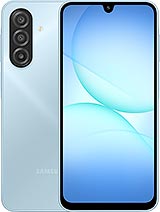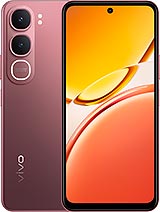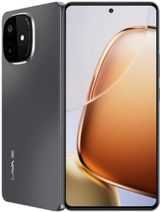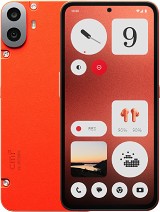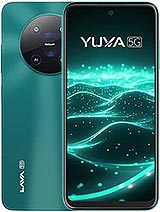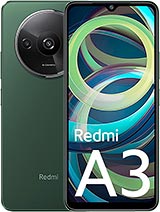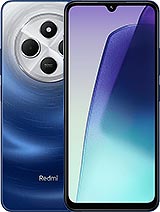iQOO Z9s alternatives
Tap above to see alternatives.
Lava Yuva 4 4G alternatives
Tap above to see alternatives.
Lava Yuva 4 4G

Lava Yuva 4 4G
-
Unisoc T606
12 nm
-
5000 mAh
10W
-
6.56"
720 x 1612 pixels
-
50 MP
1080p@30fps
- Specs
4x2.5 GHz Cortex-A78
4x2.0 GHz Cortex-A55
2x1.6 GHz Cortex-A75
6x1.6 GHz Cortex-A55
8GB 256GB (UFS 2.2)
12GB 256GB (UFS 2.2)
4GB 128GB (UFS 2.2)
f/1.8, (wide), 1/1.95", 0.8µm, PDAF, OIS
2 MP
f/2.4, (depth)
(wide), AF
VGA
Auxiliary lens
1080p
f/2.5, (wide), 1/3.0", 1.0µm
SIM1: Nano, SIM2: Nano
SIM1: Nano, SIM2: Nano
8 5G bands
n1, n3, n5, n8, n28, n40, n77, n78
In this performance comparison, the iQOO Z9s with its Mediatek Dimensity 7300 (4nm) performs better than the Lava Yuva 4 4G with the Unisoc Unisoc T606 (12nm), thanks to superior chipset efficiency.
iQOO Z9s launched with Android 14 and will receive updates until Android 16, whereas Lava Yuva 4 4G launched with Android 14 and will get Android 15. iQOO Z9s will get security updates until 2027 (approx. 3 years), while Lava Yuva 4 4G is supported till 2026.
iQOO Z9s features a superior AMOLED display, while Lava Yuva 4 4G comes with an LCD panel. In terms of smoothness, iQOO Z9s offers a higher 120 Hz refresh rate, ensuring fluid scrolling and animations. Both devices deliver the same brightness level at nits. Notably, iQOO Z9s offers a higher screen resolution, resulting in sharper visuals and more detailed content.
iQOO Z9s comes with a larger 5500 mAh battery, which may offer longer usage on a single charge. iQOO Z9s also supports faster wired charging at 44W, compared to 10W on Lava Yuva 4 4G.
iQOO Z9s includes an IP64 rating, while Lava Yuva 4 4G lacks an official IP rating.
¹ Scores can vary even with the same chipset due to RAM, thermals, and software optimization.

